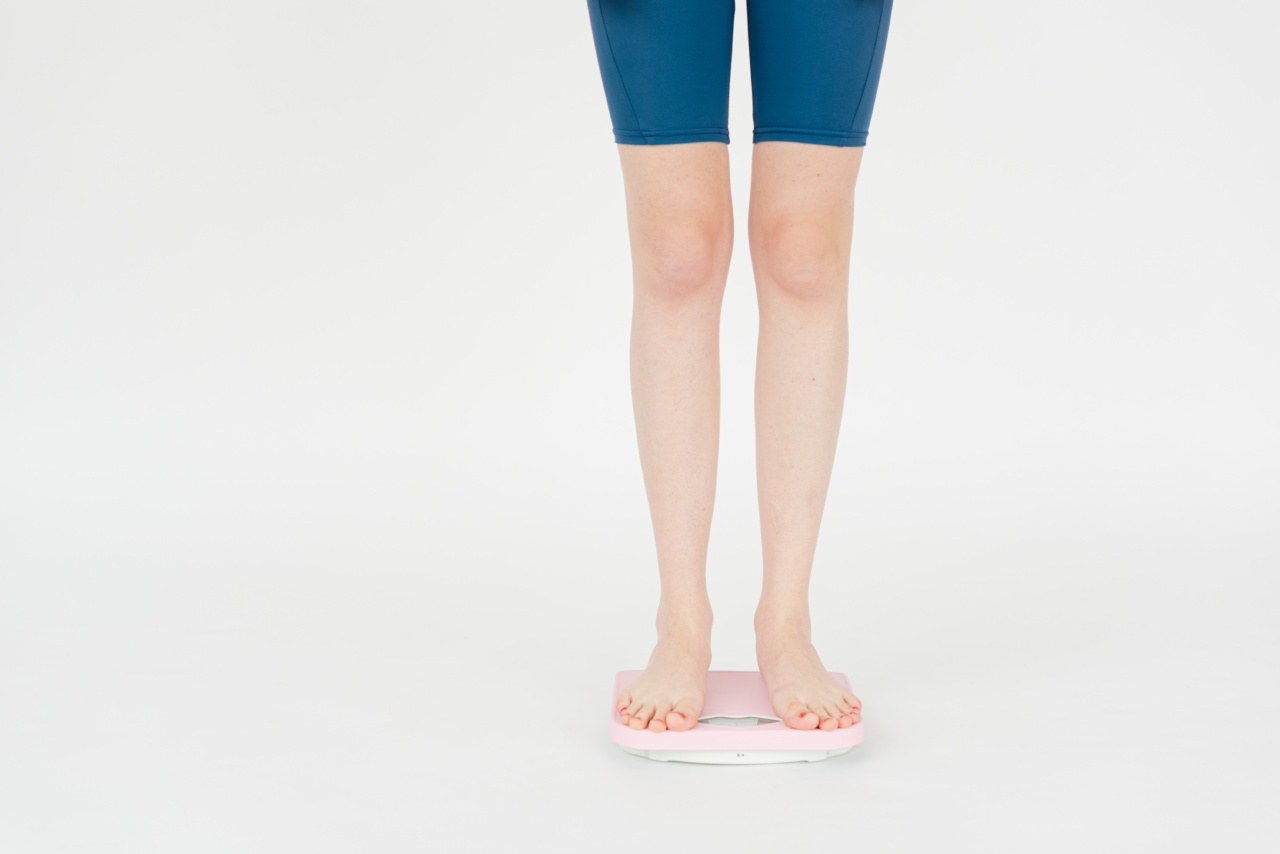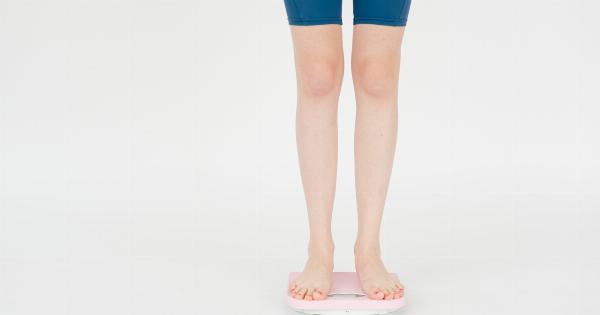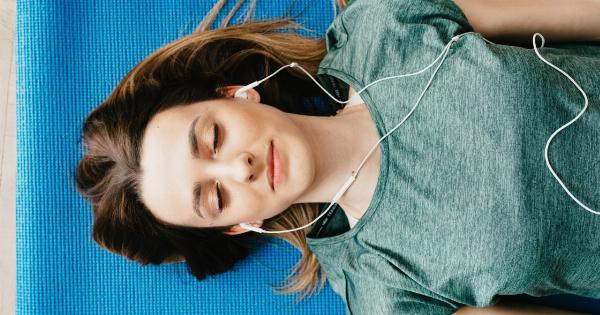Fitness is an integral part of a healthy lifestyle. Regular exercise helps in improving cardiovascular health, maintaining a healthy weight, and increasing overall well-being.
However, it is essential to assess your fitness level before starting any fitness program. This ultimate 6-step fitness test will help you determine your current fitness level and set goals for total fitness.
Step 1: Resting Heart Rate
The first step in this fitness test is to measure your resting heart rate. You can do this easily by placing two fingers on your wrist or neck and counting the number of heartbeats for 60 seconds.
A lower resting heart rate indicates a more efficient cardiovascular system.
Step 2: Push-Up Test
The push-up test assesses upper body strength and endurance. Start in a plank position with hands slightly wider than shoulder-width apart. Lower your chest towards the floor while maintaining a straight line from head to toe.
Push back up to the starting position. Count how many push-ups you can do with proper form before fatigue sets in.
Step 3: Sit-Up Test
The sit-up test measures core strength and abdominal endurance. Lie on your back with knees bent, feet flat on the floor, and hands behind your head. Engage your core muscles to lift your upper body off the ground until your elbows touch your knees.
Lower back down and repeat. Count the number of sit-ups you can complete in one minute.
Step 4: Squat Test
The squat test evaluates lower body strength and flexibility. Stand with feet shoulder-width apart. Bend your knees and lower your hips, keeping your chest up and back straight. Go as low as you can while maintaining proper form.
Return to the starting position. Repeat the squat as many times as you can in one minute.
Step 5: 1-Mile Run
The 1-mile run is a classic test of cardiovascular endurance. Time yourself as you run a mile at a pace that challenges you but is sustainable. Note the time it takes to complete the mile.
This test can also be modified to suit your fitness level, such as walking a mile or running for a shorter distance.
Step 6: Flexibility Test
Flexibility is an important component of overall fitness. To assess your flexibility, sit on the floor with legs extended in front of you. Reach forward as far as you can, aiming to touch your toes.
Measure the distance between your fingertips and your toes. A greater distance indicates better flexibility.
Interpreting the Results
Now that you have completed all 6 steps of the fitness test, it’s time to interpret the results.
Resting Heart Rate: A lower resting heart rate indicates better cardiovascular fitness. Aim for a resting heart rate below 60 beats per minute.
Push-Up Test: The number of push-ups completed indicates upper body strength and endurance. Use the following chart to compare your results:.
| Age | Excellent | Good | Average |
|---|---|---|---|
| 18-25 | ≥ 54 | 44-53 | 35-43 |
| 26-35 | ≥ 49 | 39-48 | 30-38 |
| 36-45 | ≥ 44 | 35-43 | 25-34 |
| 46-55 | ≥ 39 | 30-38 | 20-29 |
Sit-Up Test: The number of sit-ups completed indicates core strength and endurance. Use the following chart to compare your results:.
| Age | Excellent | Good | Average |
|---|---|---|---|
| 18-25 | ≥ 49 | 40-48 | 31-39 |
| 26-35 | ≥ 44 | 35-43 | 27-34 |
| 36-45 | ≥ 39 | 31-38 | 22-30 |
| 46-55 | ≥ 34 | 27-33 | 17-26 |
Squat Test: The number of squats completed indicates lower body strength and flexibility. Use the following chart to compare your results:.
| Age | Excellent | Good | Average |
|---|---|---|---|
| 18-25 | ≥ 44 | 35-43 | ≤ 34 |
| 26-35 | ≥ 39 | 30-38 | ≤ 29 |
| 36-45 | ≥ 34 | 27-33 | ≤ 26 |
| 46-55 | ≥ 29 | 23-28 | ≤ 22 |
1-Mile Run: The time taken to complete the 1-mile run indicates cardiovascular endurance. Use the following chart to compare your results:.
| Age | Excellent | Good | Average |
|---|---|---|---|
| 18-25 | ≤ 6:30 | 6:31-7:00 | 7:01-8:00 |
| 26-35 | ≤ 6:45 | 6:46-7:15 | 7:16-8:15 |
| 36-45 | ≤ 7:00 | 7:01-7:30 | 7:31-8:30 |
| 46-55 | ≤ 7:30 | 7:31-8:00 | 8:01-9:00 |
Flexibility Test: The distance between your fingertips and toes indicates flexibility. The ideal distance varies based on individual factors; however, striving for increased distance indicates improved flexibility.
Setting Goals and Improving Fitness
Now that you have assessed your fitness level, it’s time to set goals and work towards improving your fitness. Here are some tips to help you:.
- Set Specific Goals: Identify specific areas you want to improve based on your fitness test results. For example, if your push-up test result was average, aim to increase the number of push-ups you can do.
- Create a Plan: Develop a structured fitness plan that includes a variety of exercises targeting different muscle groups and cardiovascular endurance. Incorporate both strength training and aerobic exercises to achieve well-rounded fitness.
- Track Progress: Keep a record of your workouts, including the number of repetitions, duration, and other important details. This will help you track your progress and adjust your plan as needed.
- Stay Consistent: Consistency is key for improving fitness. Aim to exercise regularly, preferably at least 3-4 times a week, and gradually increase the intensity and duration of your workouts.
- Make it Fun: Find activities you enjoy to make your fitness journey more enjoyable. Whether it’s dancing, hiking, or playing a sport, incorporating activities you love will keep you motivated and engaged.
- Seek Professional Guidance: If you are new to fitness or unsure about designing a workout plan, consider consulting a fitness professional who can provide personalized guidance and support.
Conclusion
The ultimate 6-step fitness test provides a comprehensive assessment of your current fitness level and serves as a baseline for setting goals and tracking progress. Regularly reevaluate your fitness level to ensure continued improvement.
Remember, fitness is a lifelong journey, and with dedication and consistency, you can achieve total fitness for a healthier and happier life.






























